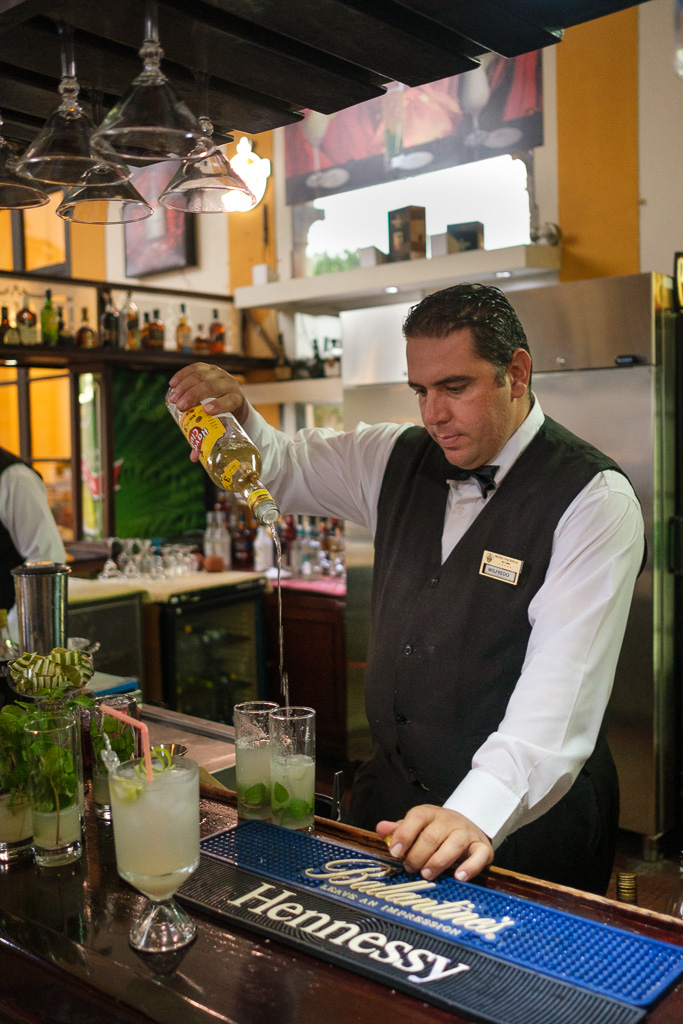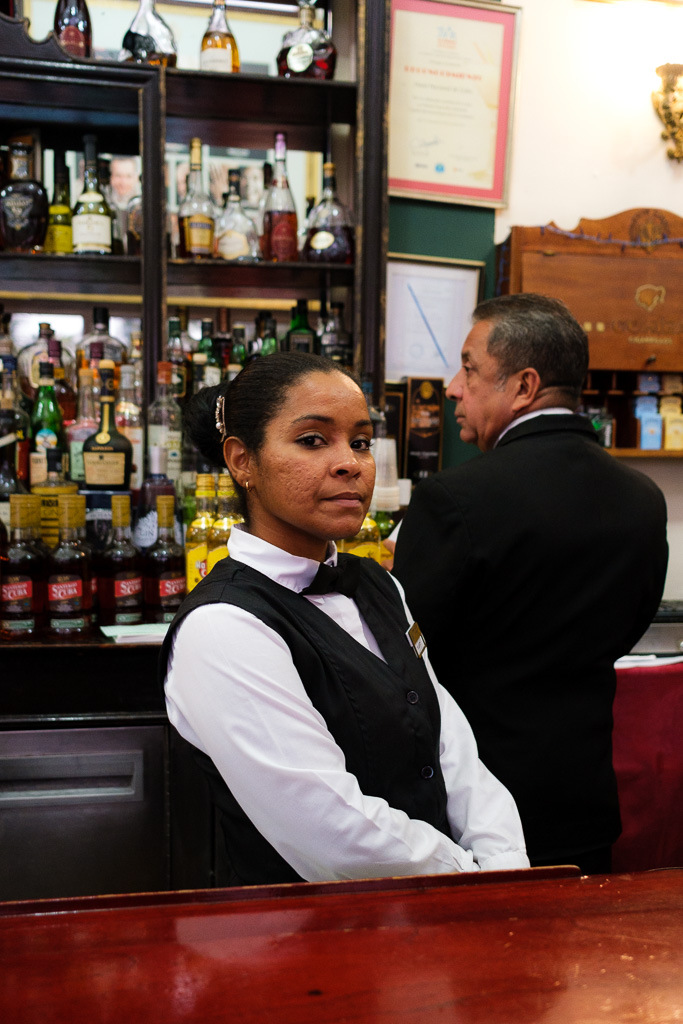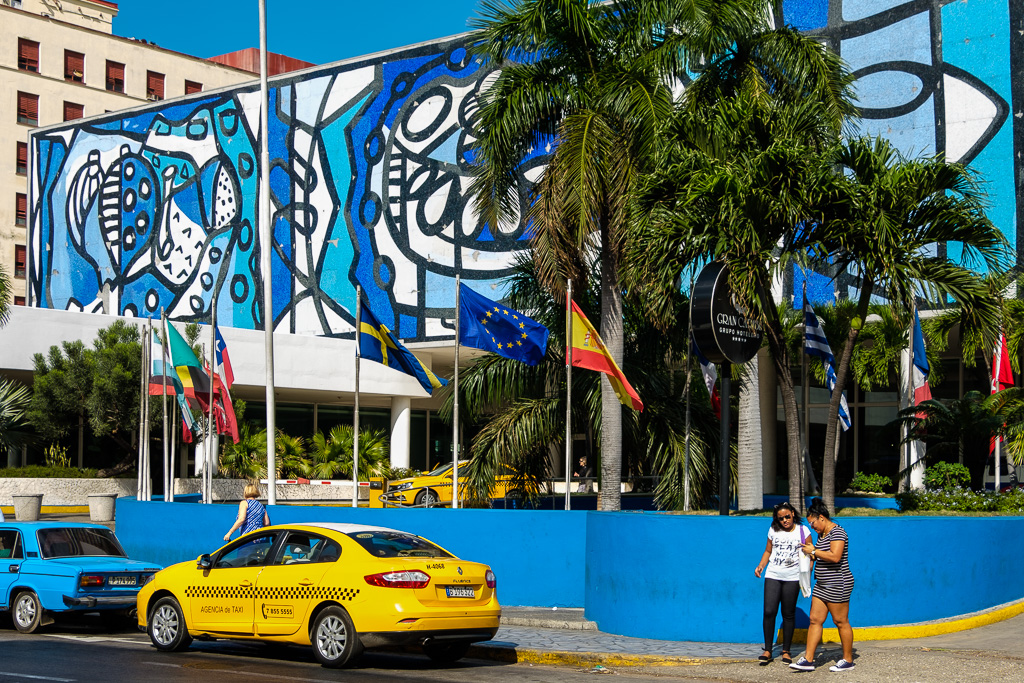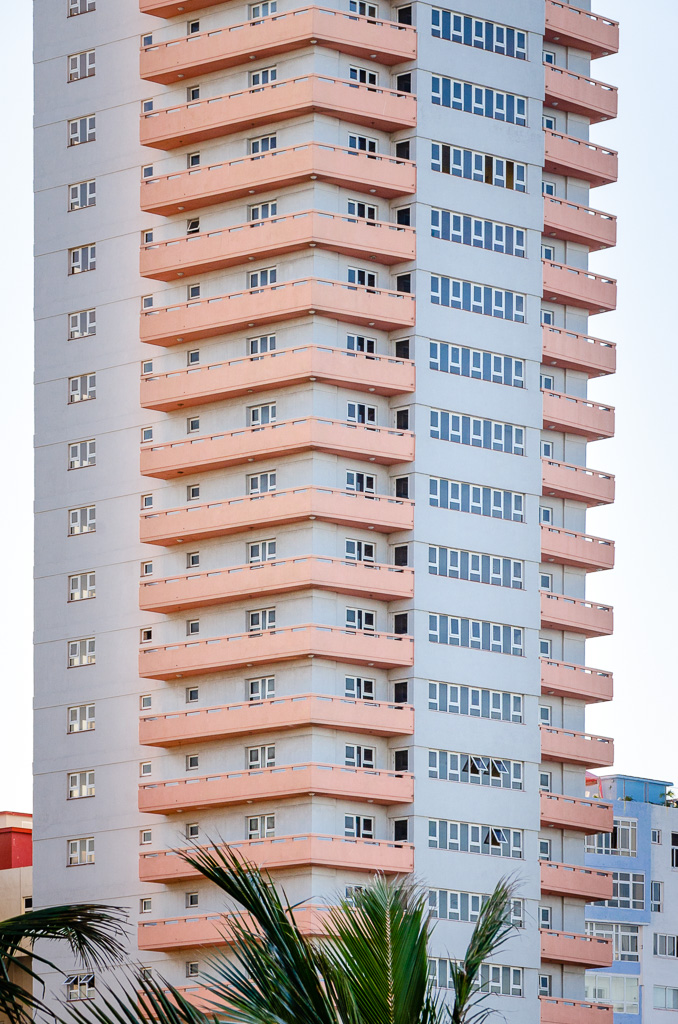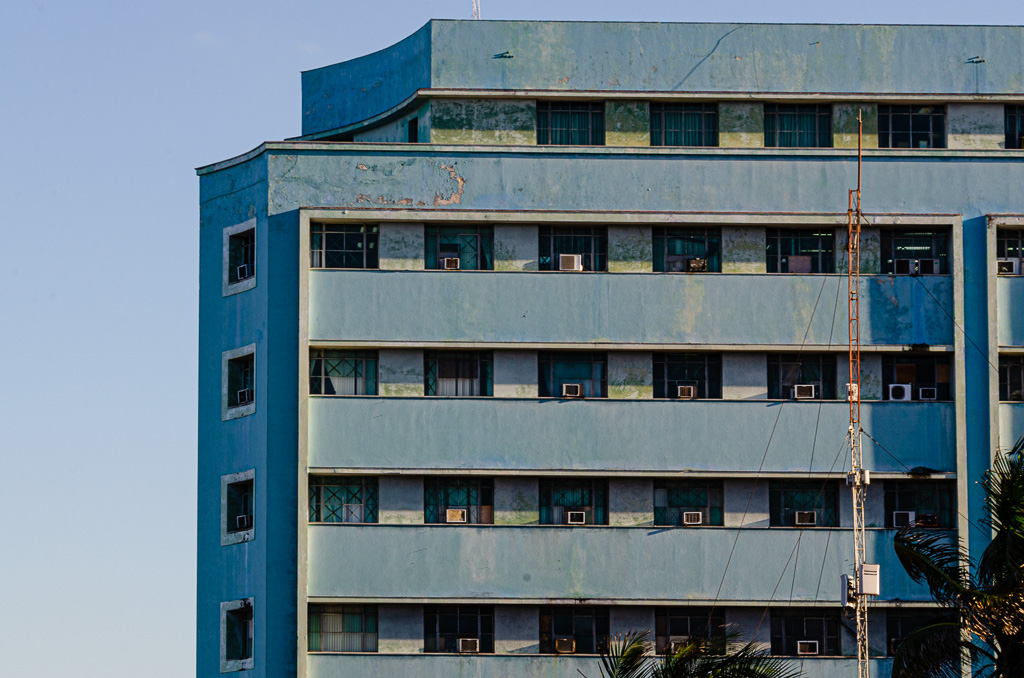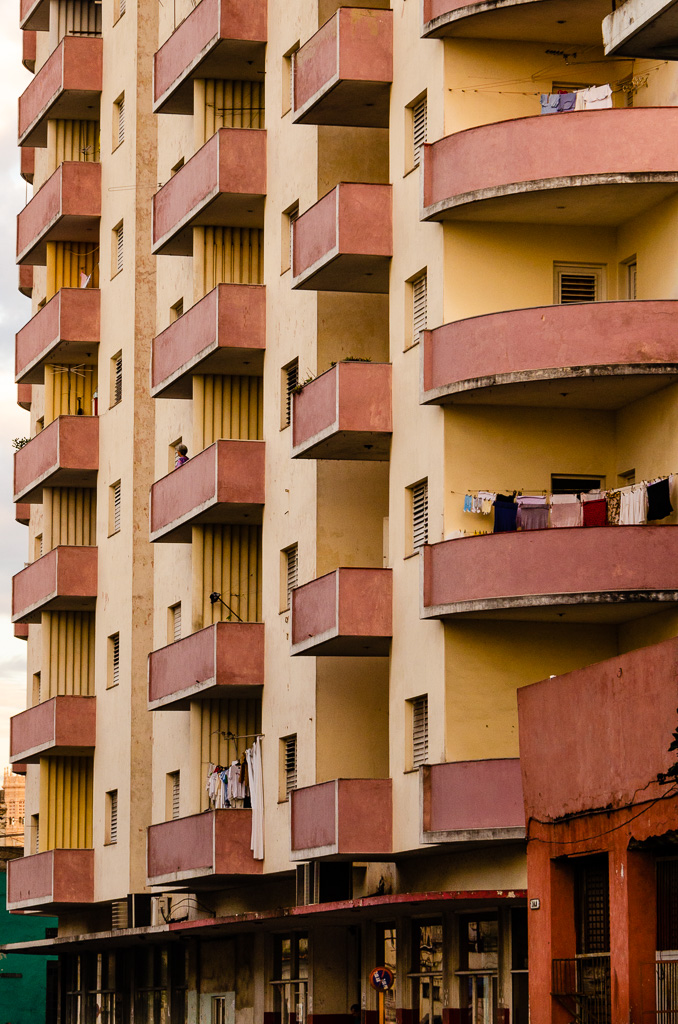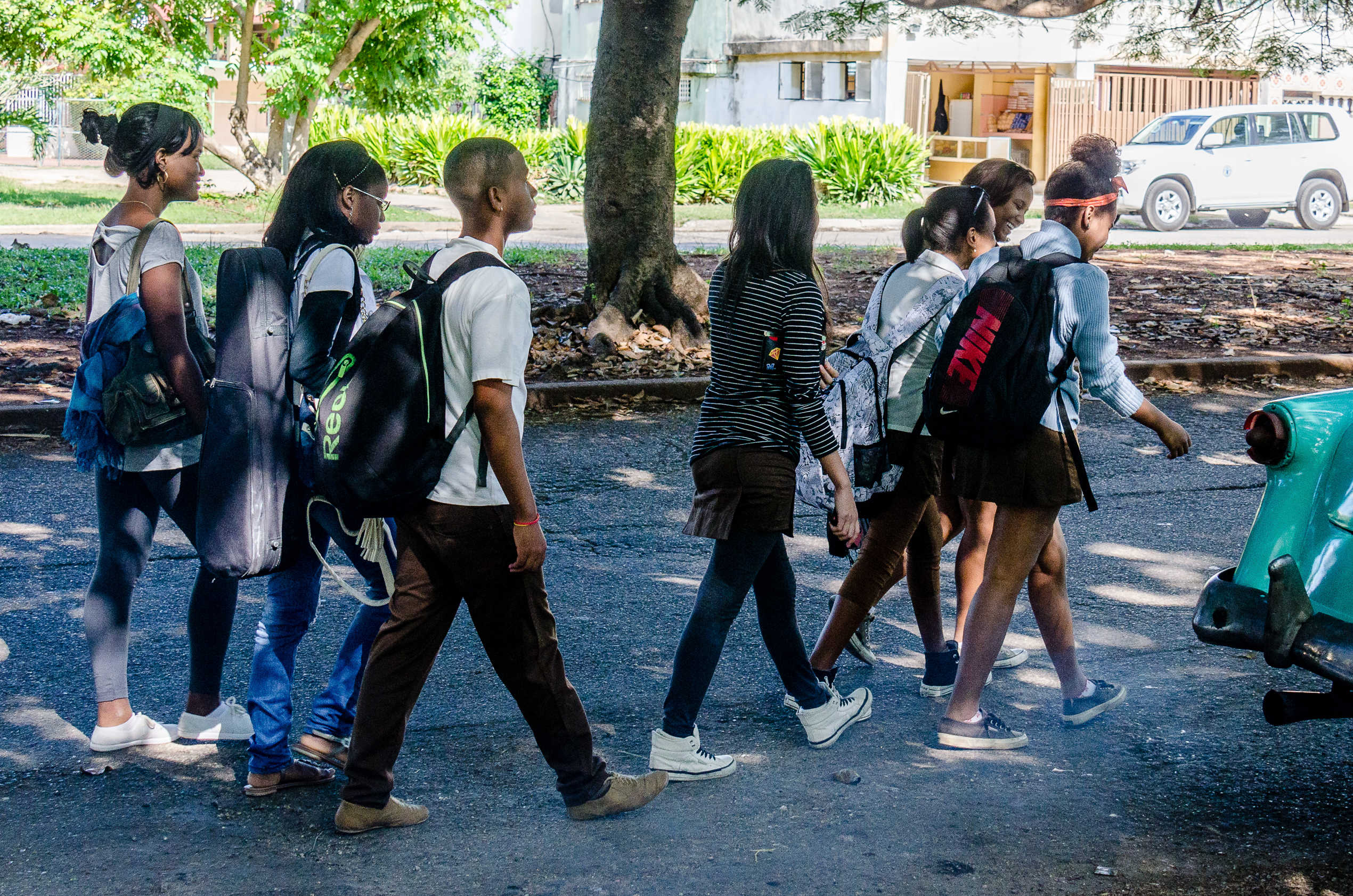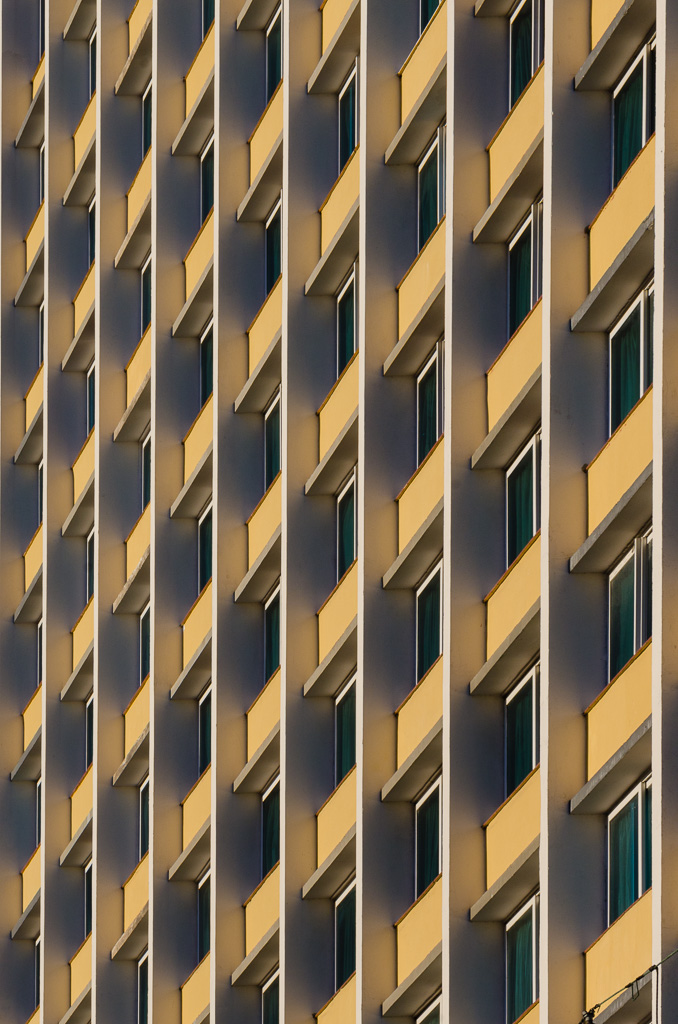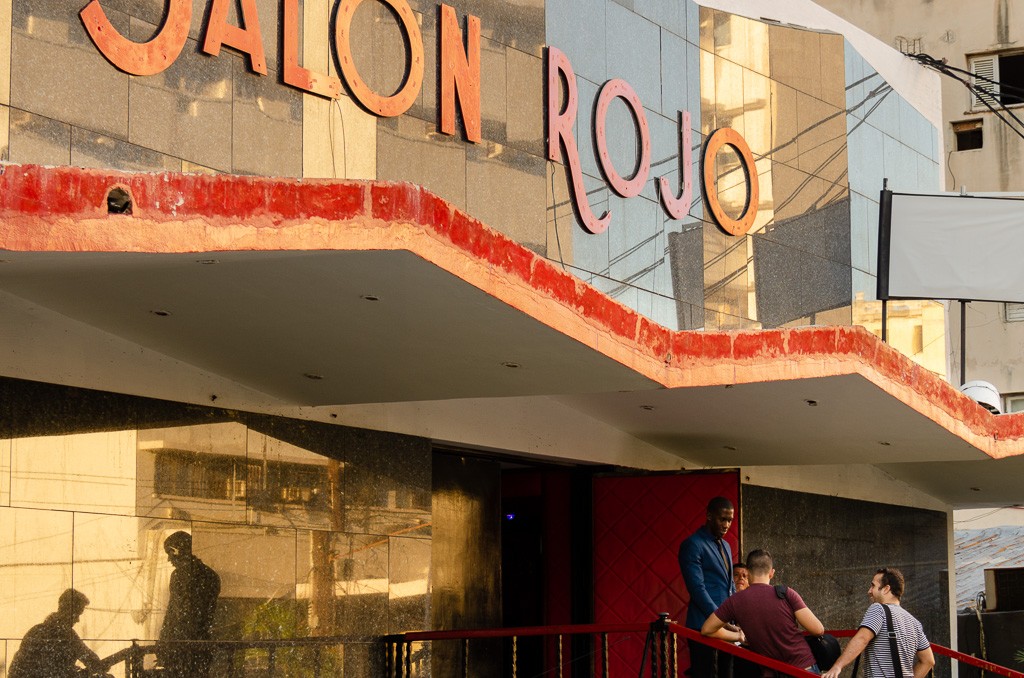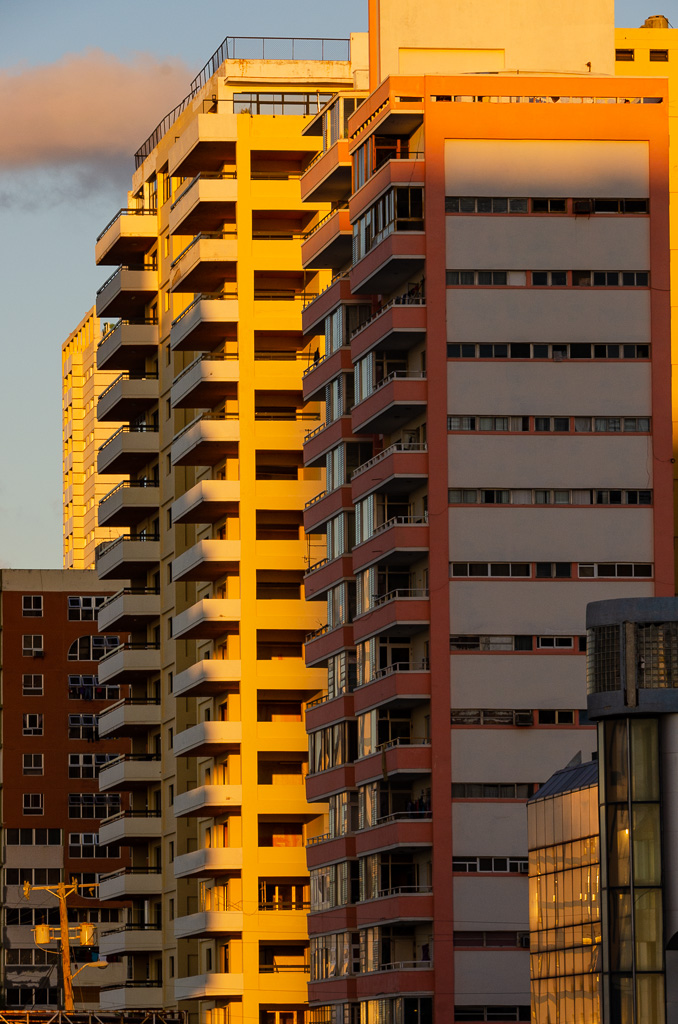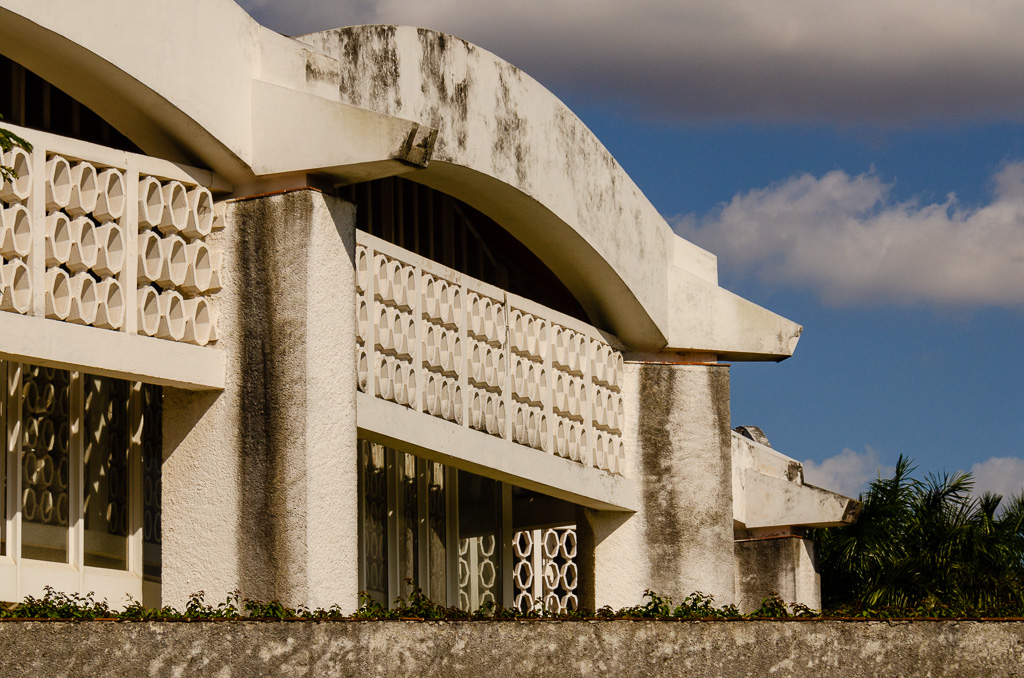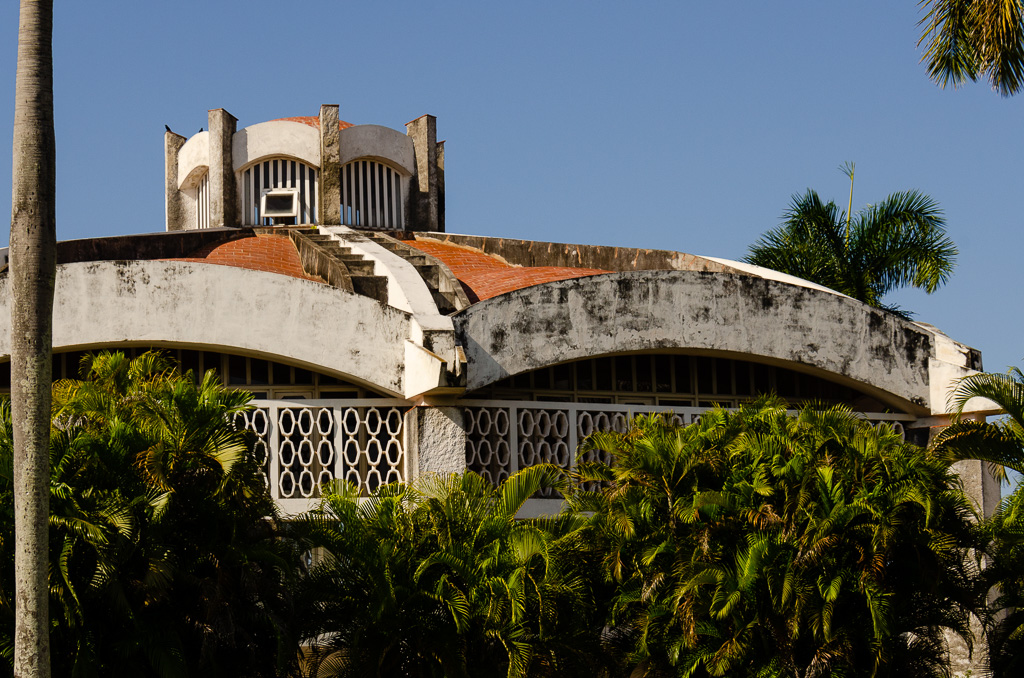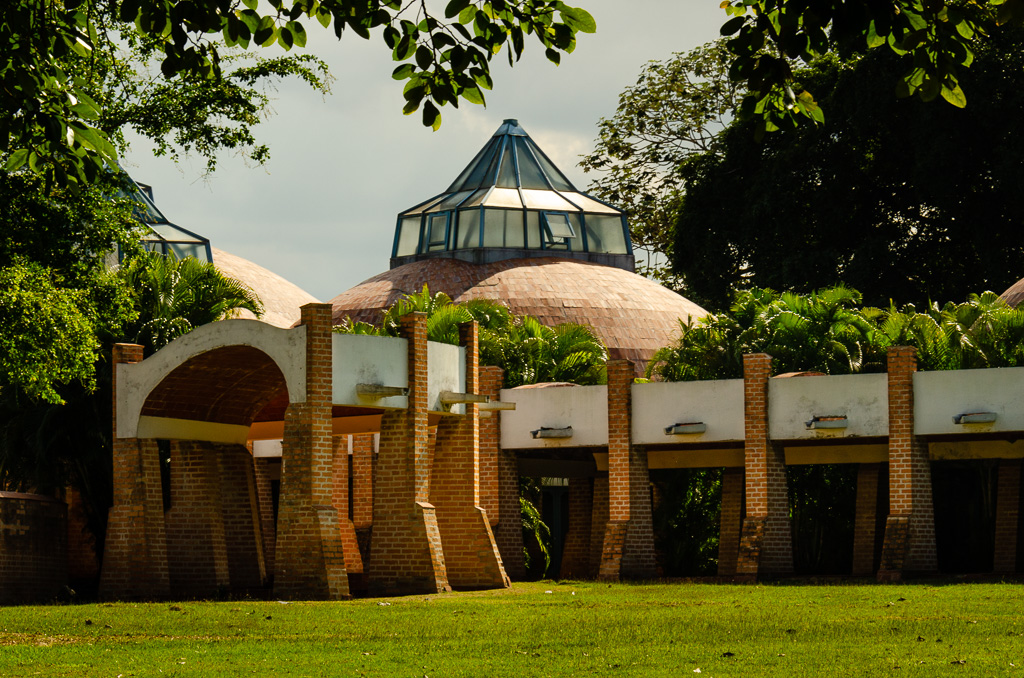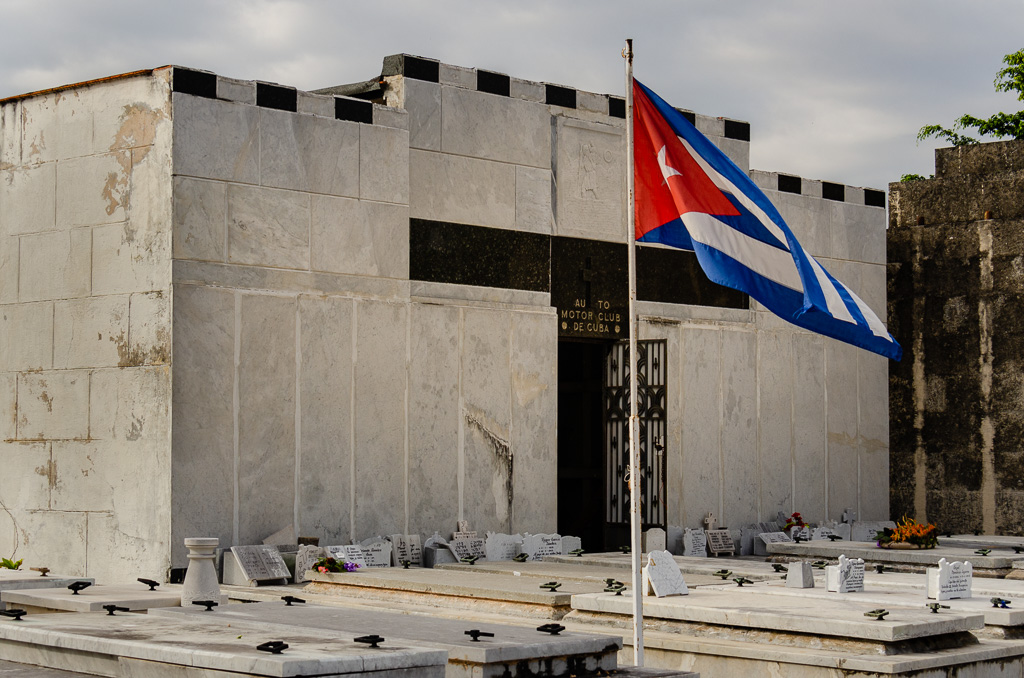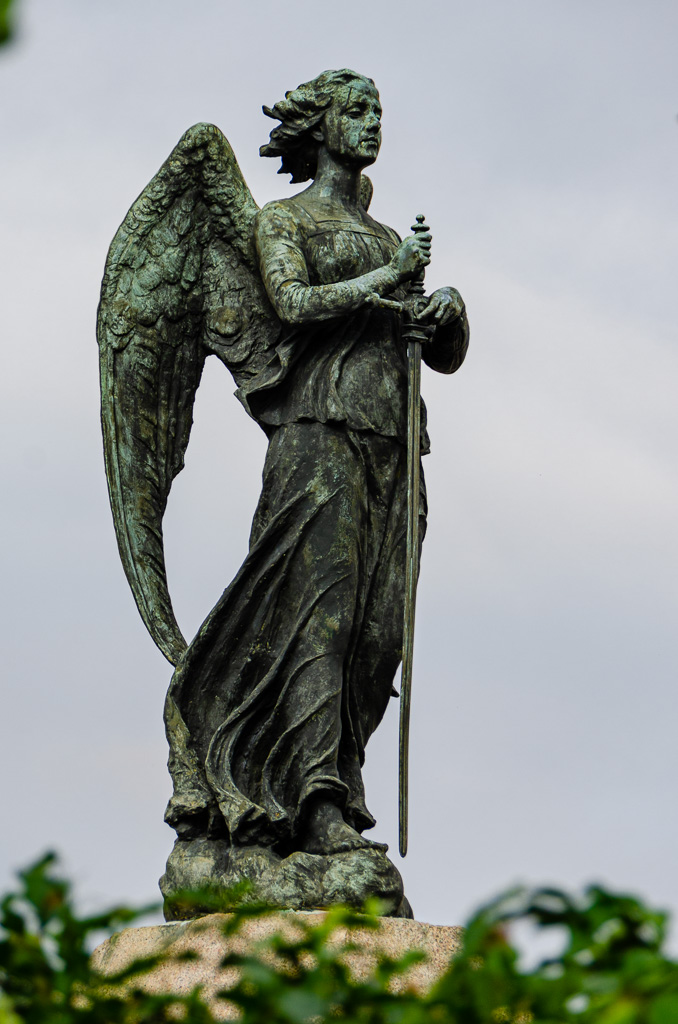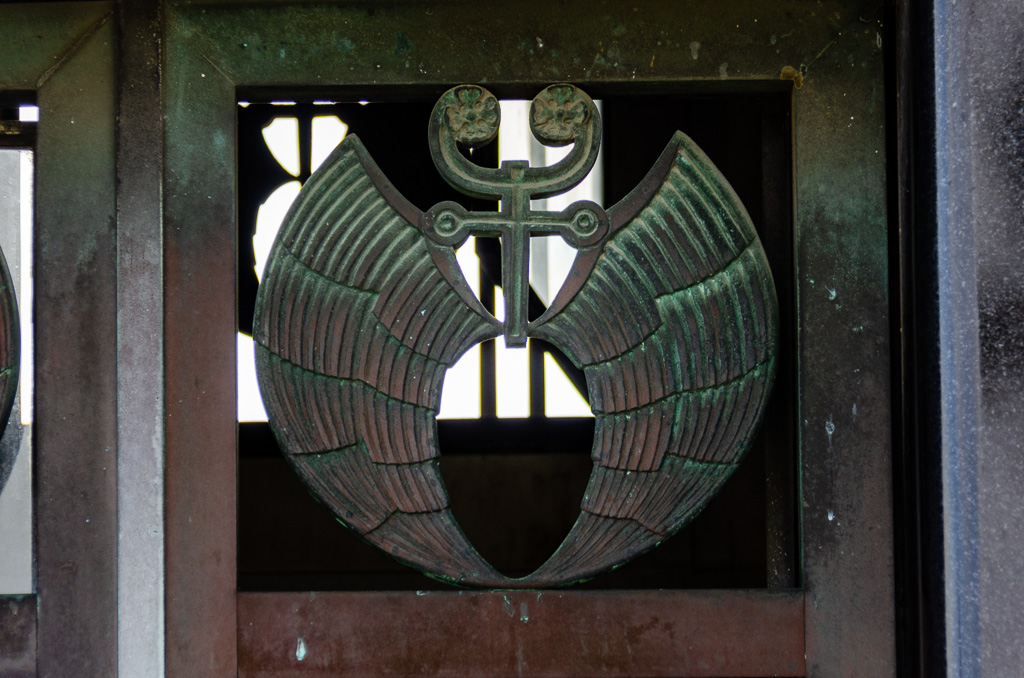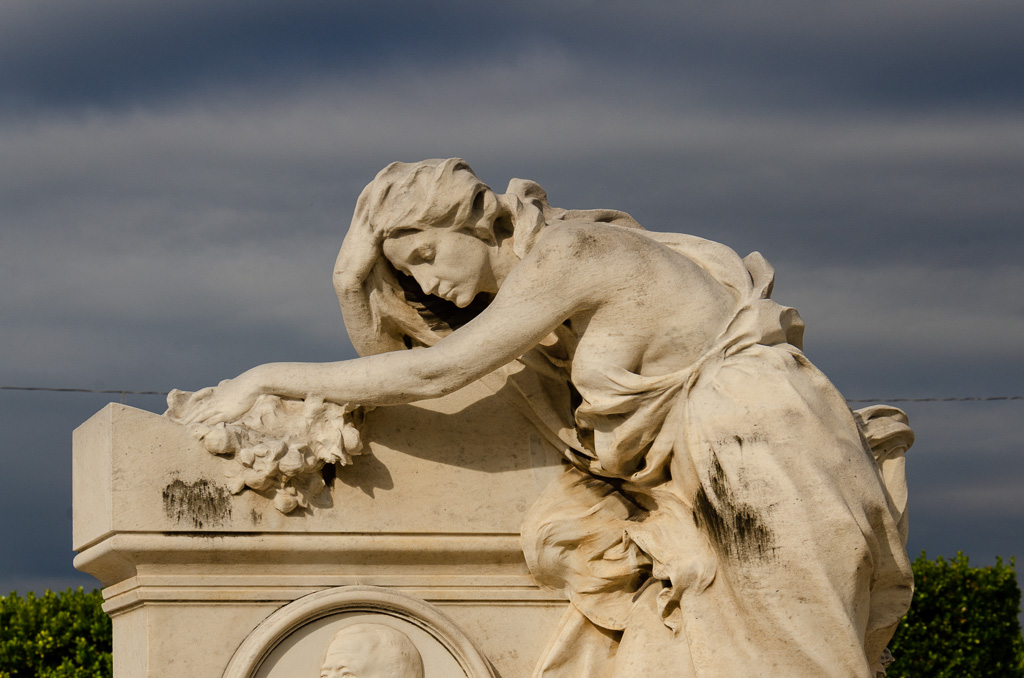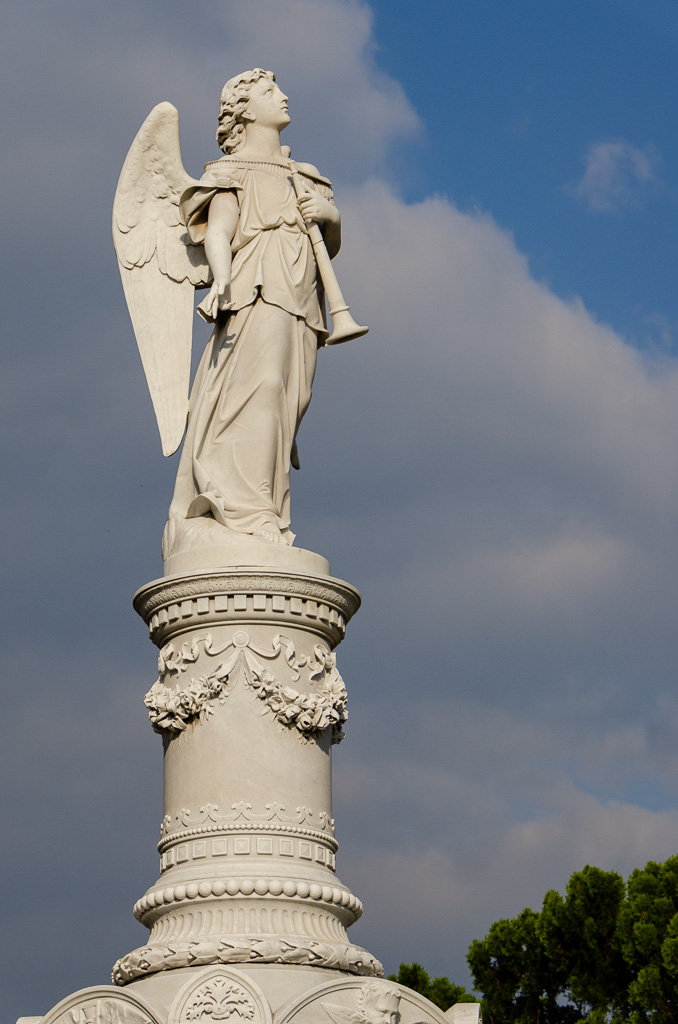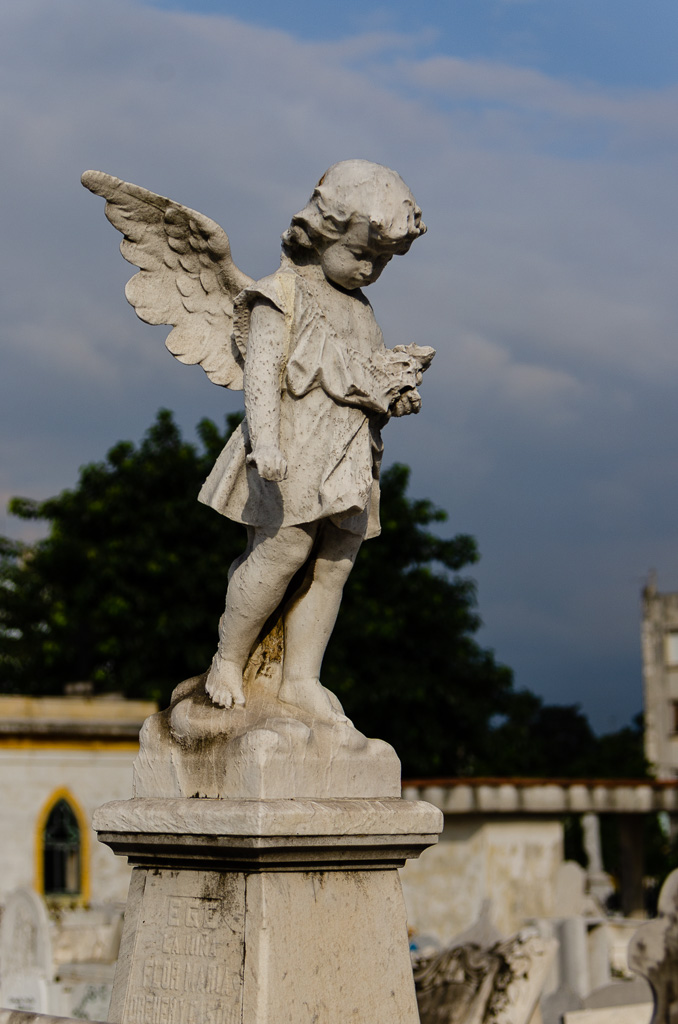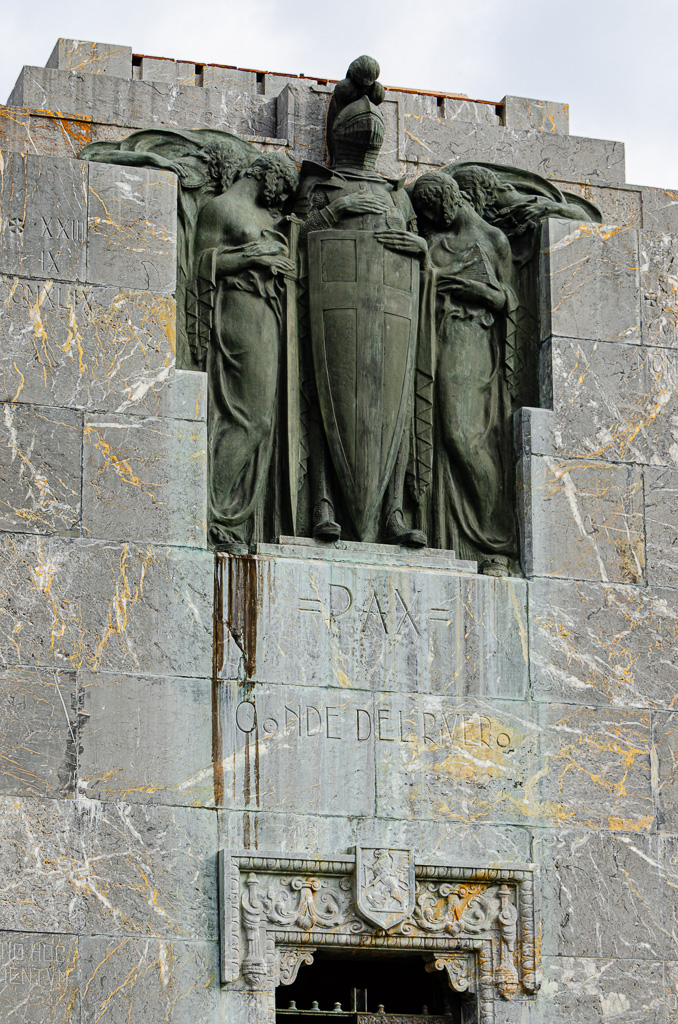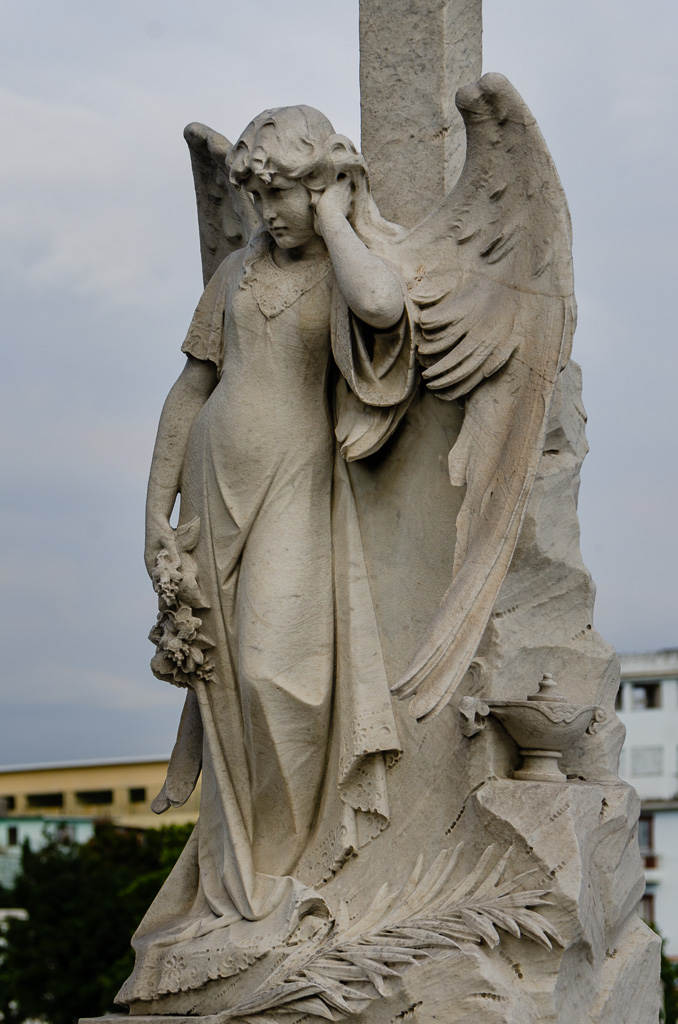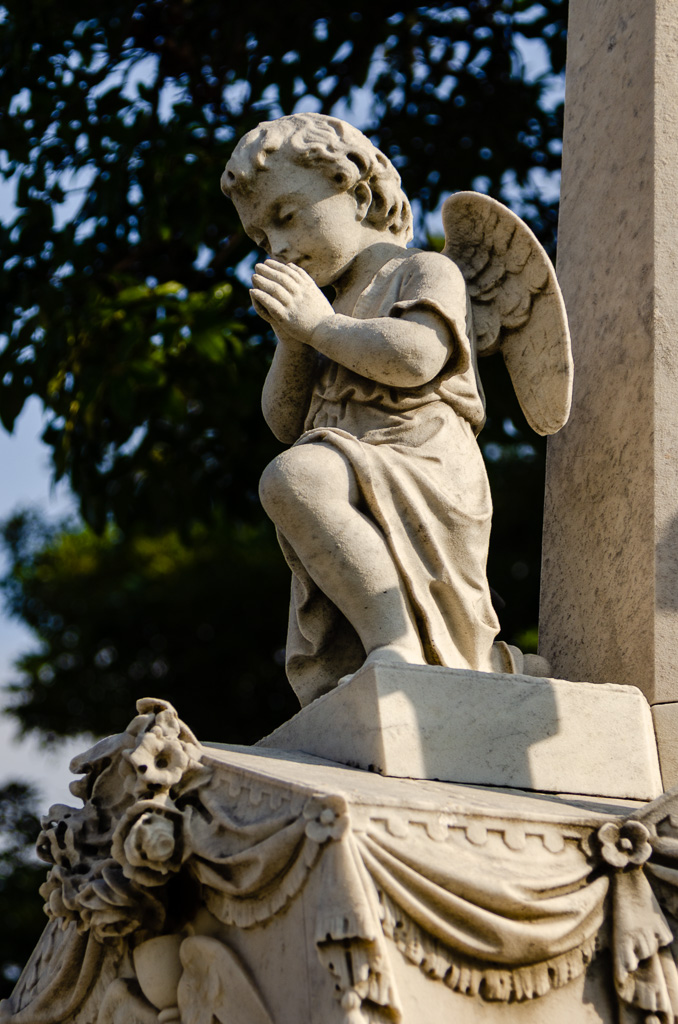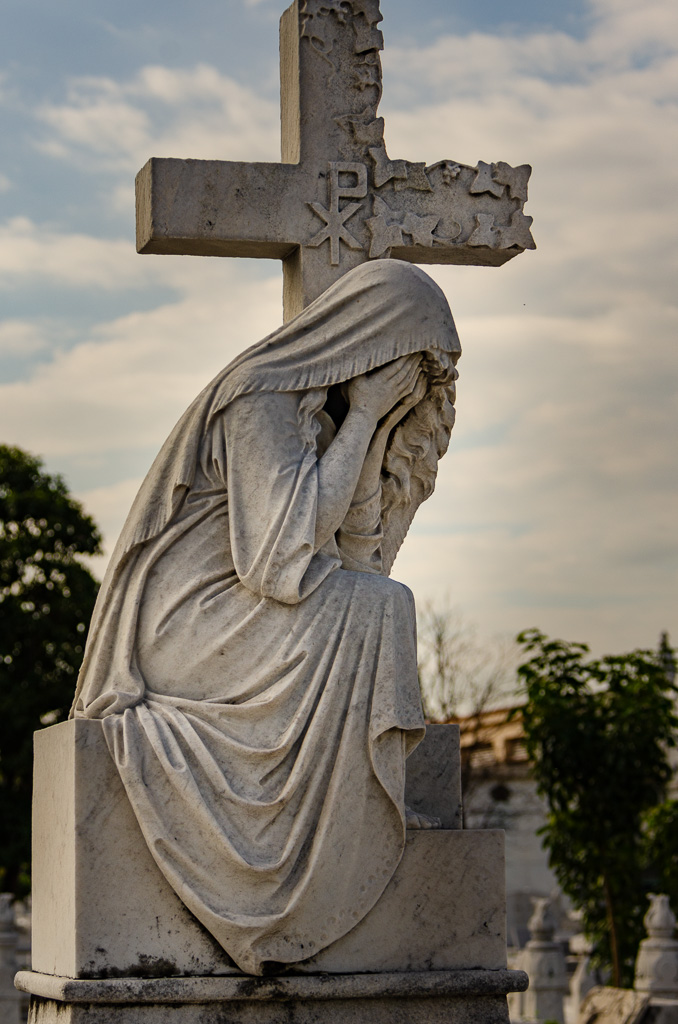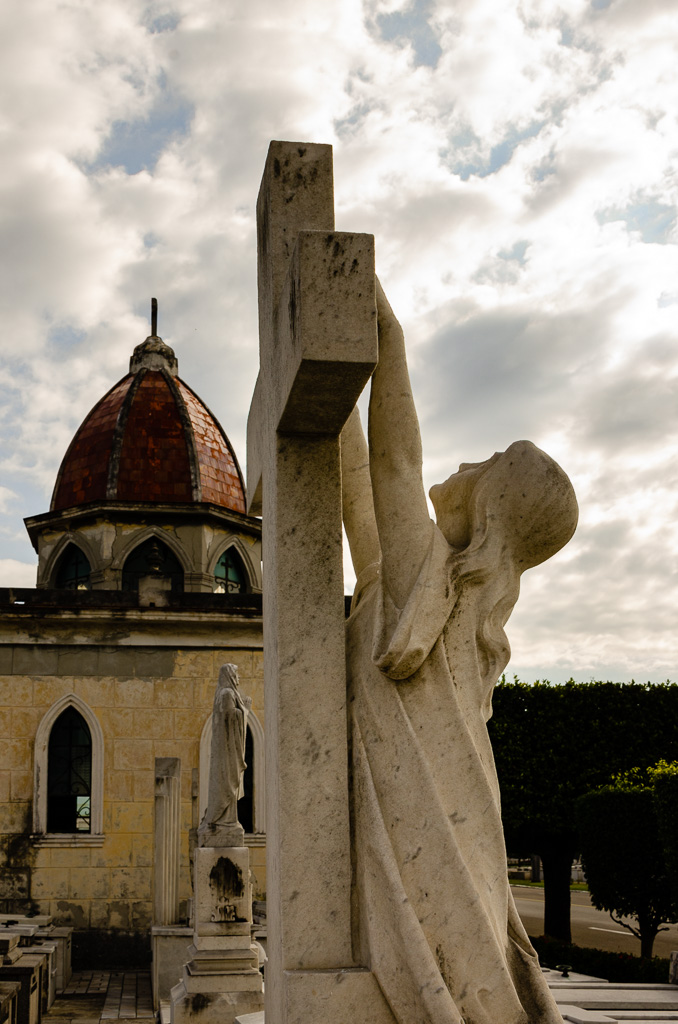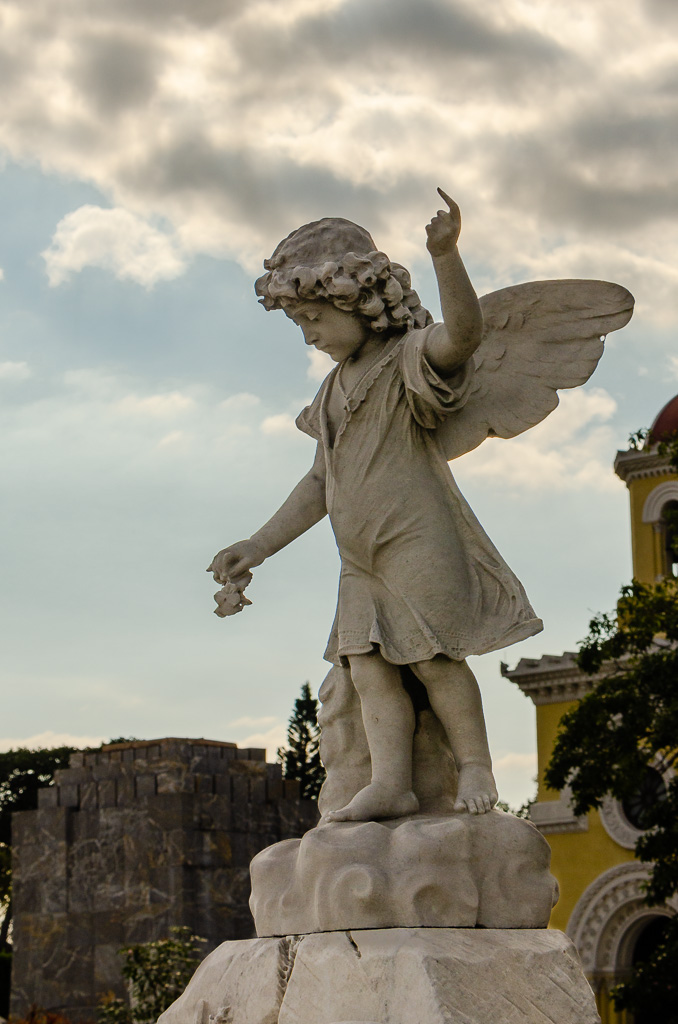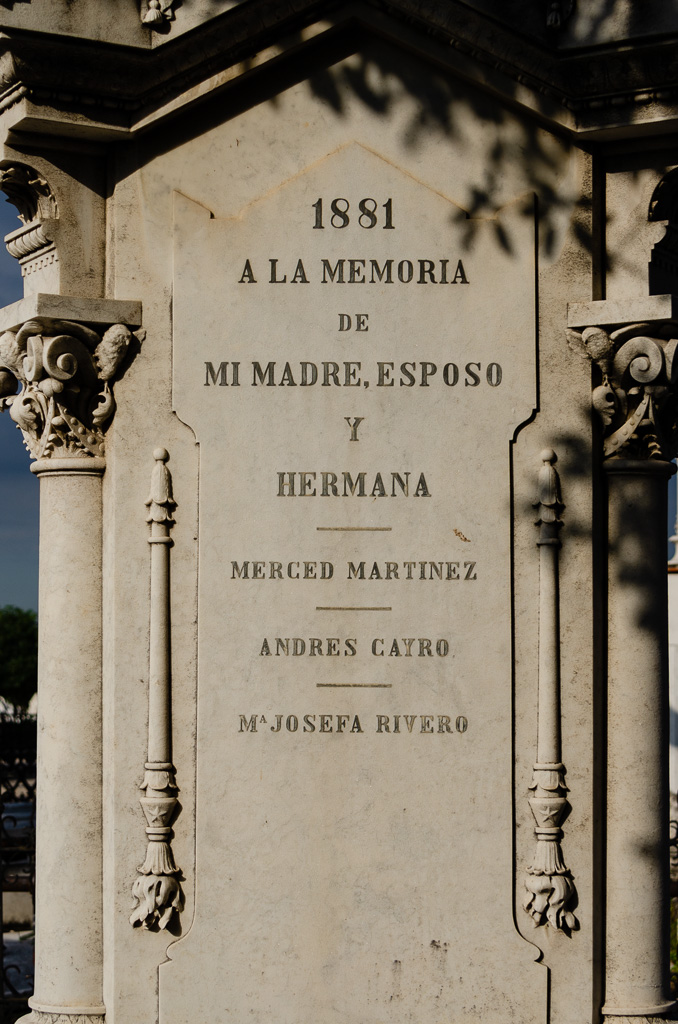Mid-Century Havana
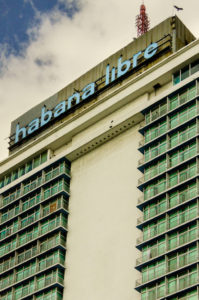 Hi, everyone. It’s July already – that is hard to believe. I started this Cuba series back in March. It’s the Fourth of July – Independence Day – today, our bank holiday commemorating the Declaration of Independence of the United States, on July 4, 1776. It doesn’t actually mark the start of the American Revolution which started in 1775. This post is a continuation of a series about a different country with a different revolution and path, Cuba, and I shall switch to that subject now.
Hi, everyone. It’s July already – that is hard to believe. I started this Cuba series back in March. It’s the Fourth of July – Independence Day – today, our bank holiday commemorating the Declaration of Independence of the United States, on July 4, 1776. It doesn’t actually mark the start of the American Revolution which started in 1775. This post is a continuation of a series about a different country with a different revolution and path, Cuba, and I shall switch to that subject now.
In this post we will be looking mostly at Havana architecture with mid-century modern the predominant theme, some pre-revolutionary and some post-revolutionary. The two big exceptions will be the 1930s Hotel Nacional and the Colon Cemetery (founded in 1876). The common thread is that we will be in or near the Vedado district of Havana which is a very different look from what we saw in Old Havana and Central Havana in some previous posts. Vedado is a more modern part of Havana and was developed in the first half of the 20th century. There will be a couple of photos taken in Miramar plus a sub-set in neighboring Cubanacán, but otherwise after our first stop at Revolution Square at the edge of the district, it’s all about Vedado.
After the photo of your photographer in Miramar with the buildings of Vedado in the background across the inlet, we will first stop off at Plaza de la Revolución (Revolution Square), near Vedado. The two photos are the buildings housing the Ministries of the Interior and Communications. On the façades are likenesses of two Cuban revolutionary figures, Che Guevara, with the quotation “Hasta la Victoria Siempre” (Until the Victory, Always) and Camilo Cienfuegos, with the quotation “Vas bien, Fidel” (You’re Doing fine, Fidel). The square was completed in 1959 (the year Fidel Castro came to power) during the presidency of Fulgencio Batista. It was originally called Plaza Cívica (Civic Square). After the 1959 Cuban Revolution it was renamed “Plaza de la Revolución.”
Next, the Hotel Nacional (1930). This one is a real beauty and tremendously historic. It was designed by the renowned New York architecture firm of McKim, Mead & White. This was the glamorous hotel in pre-revolutionary Cuba; as Atlas Obscura describes it, “its guestbook reads like a who’s-who of superstars from all walks of culture” – politics, too. It was also a Mafia favorite in pre-revolutionary days. In 1946 the Hotel Nacional was the site of the infamous “Havana Conference”, an organized crime summit run by mobsters Lucky Luciano and Meyer Lansky and attended by a rogue’s gallery including Santo Trafficante Jr., Frank Costello, Albert Anastasia, and Vito Genovese, among others. Francis Ford Coppola dramatized the conference in Godfather Part II.
Thence to the Havana Hilton. When it opened in 1958 it was Latin America’s tallest and largest hotel. The architect was Welton Becket of Los Angeles who also designed the Beverly Hilton for the hotel group. He worked with the Havana-based architects Lin Arroyo and Gabriela Menéndez. It turned out to be extremely bad timing to launch in 1958. After Fidel Castro’s entry into Havana in January 1959, it became his headquarters with Castro residing for three months in the hotel’s Continental Suite, room 2324. Castro gave his first press conference in the hotel’s ballroom. The first Soviet embassy in Havana was temporarily established on two floors of the hotel. In June 1960 the Cuban revolutionary government nationalized the property and renamed it the Hotel Habana Libre (Hotel Free Havana).
The Capri (1957) was another large and well known hotel/casino in Havana. It was nationalized in October 1960. Previously, it was owned by mobster Santo Trafficante, Jr., of Tampa, Florida, who headed the Trafficante crime family. In Godfather Part II, Fredo Corleone brings the suitcase with all the cash to his brother Michael at the “Hotel Capri”. The movie was filmed in the Dominican Republic, however, with the Hotel El Embajador substituted for the Capri.
Sandwiched in between the other Vedado photos in the set is a grouping taken at the Havana Riviera (now the Hotel Iberostar Habana Riviera), opened 1957, on the Malecón in Vedado. It still maintains its original 1950s style and feels like it is in a time warp. No one said anything when I walked in and took the photos inside and then out back by the decrepit and completely empty pool area. (The sign “no pase” on the high dive means “keep off” but I think that one would do so anyway even without the sign.) As of late 2014 its refurbishment was long past due as you will see. I didn’t see too many guests. Let me say that other historic hotels I saw in Havana are in much better shape than this one! Amazing. Once again, I did some time travel in Cuba. It happened a lot on the two trips. Fittingly, all of the photos of this mid-century relic were taken in the fading light of the day. I read that in 2018, Iberostar announced plans to invest €35 million in renovations to the Riviera. These are all from 2014, and I did not return to the site in 2019. I looked at some photos online, and the place seems to be looking a lot better.
The Riviera also has a Mafia past. It was originally owned by mobster Meyer Lansky. According to Wikipedia the Riviera was the largest purpose-built casino-hotel in Cuba or anywhere in the world at that time outside Las Vegas. Lansky stayed in the Presidential Suite on the top floor. After the 1959 revolution the Riviera was later nationalized along with the other big Cuban hotel-casinos and gambling outlawed. Bad timing struck again: Lansky was out millions when the revolutionaries took over – he gambled big on the Riviera and lost. Asked later about Cuba and the Riviera, Lanksy said “I crapped out.”
In Godfather Part II the Hyman Roth character (played by Lee Strasberg) is based on Meyer Lansky.
I have a book recommendation if you would like to learn more about the years leading up to the 1959 Cuban Revolution and organized crime’s role there in the twilight years of the corrupt Batista presidency. It’s Havana Nocturne: How the Mob Owned Cuba…and Then Lost It to the Revolution by T. J. English (2009). It is a quite a read. It is easy to get through, entertaining, informative and rather disturbing.
Back to the set. You’ll see a couple of photos taken in Miramar, a predominantly residential district near Vedado. There our group in 2014 had the distinct pleasure of meeting the Cuban photographer José Alberto Figueroa in his home. Earlier in his photographic journey Figueroa was first a student, an assistant and lab worker at Studios Korda; he also was a personal friend of Alberto Korda, the legendary photographer of the Cuban Revolution.
There are two more groupings. First, some post-revolutionary modern architecture: the Escuelas Nacionales de Arte (National Arts Schools), in nearby Cubanacán. As archdaily.com describes it:
In 1961, Fidel Castro said: “Cuba will count as having the most beautiful academy of arts in the world.” The Cuban National Schools of Arts, originally imagined by Castro and Che Guevara, are perhaps the largest architectural achievements of the Cuban Revolution. The innovative design of the schools, which aimed to bring cultural literacy to the nation, encapsulated the radical, utopian vision of the Revolution. Unfortunately, the nation’s idealistic enthusiasm lasted for a fleeting moment in time and the Schools quickly fell out of favor; they were left to decay before even being completed… Castro commissioned Cuban architect Ricardo Porro, a Latin American modernist, who was then joined by two Italian architects, Vittorio Garatti and Roberto Gottardi… In July 1965, and despite the schools’ various stages of completion, construction came to a complete halt.
The complete article is here. These are also from 2014, and I don’t know what has happened to the site in the interim. Much of it was in a state of arrested decay in late 2014.
Next and last, we will return to the historic Colon Cemetery in Havana (El Cementerio de Cristóbal Colón, also called La Necrópolis de Cristóbal Colón) in Vedado. In the previous post I included two photos from a December 2014 photo session at Colon. Here are some more from that visit. It is an extraordinary site. When I visited, I thought of visits I had previously made to Père Lachaise cemetery in Paris and La Recoleta cemetery in Buenos Aires. Colon rivals those sites and is a quite a place (especially for photography).
Click on (or tap) an image to expand it (and use the arrow to the right on an expanded image to go through the set, if preferred over scrolling down in the post)
Enjoy!
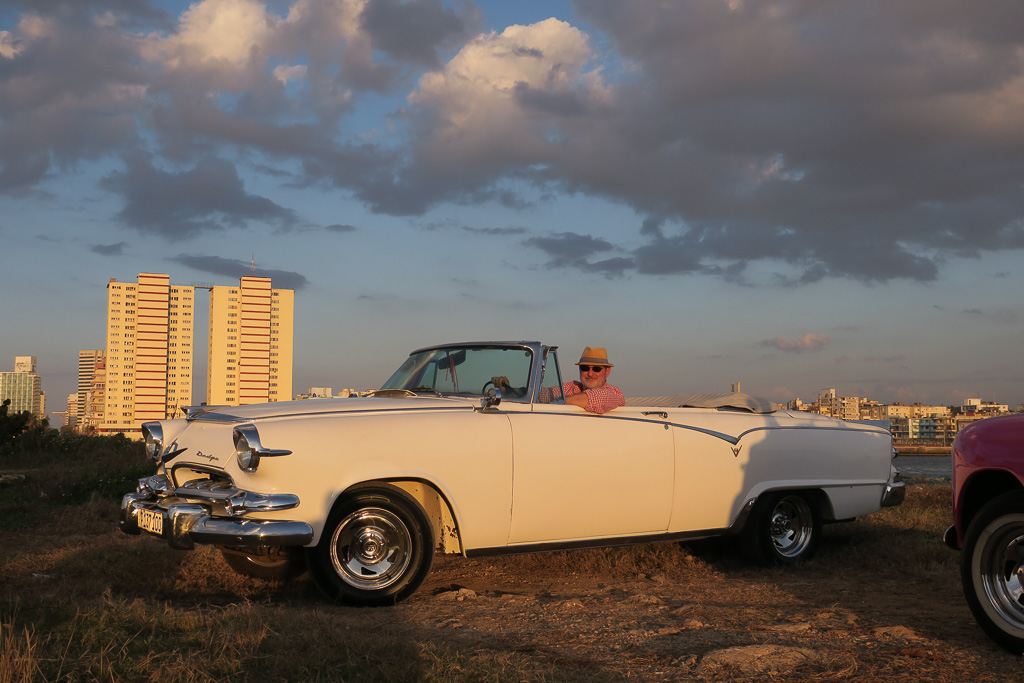
The photographer, by the Malecón in Miramar (with Vedado in the background), La Habana, January 2019
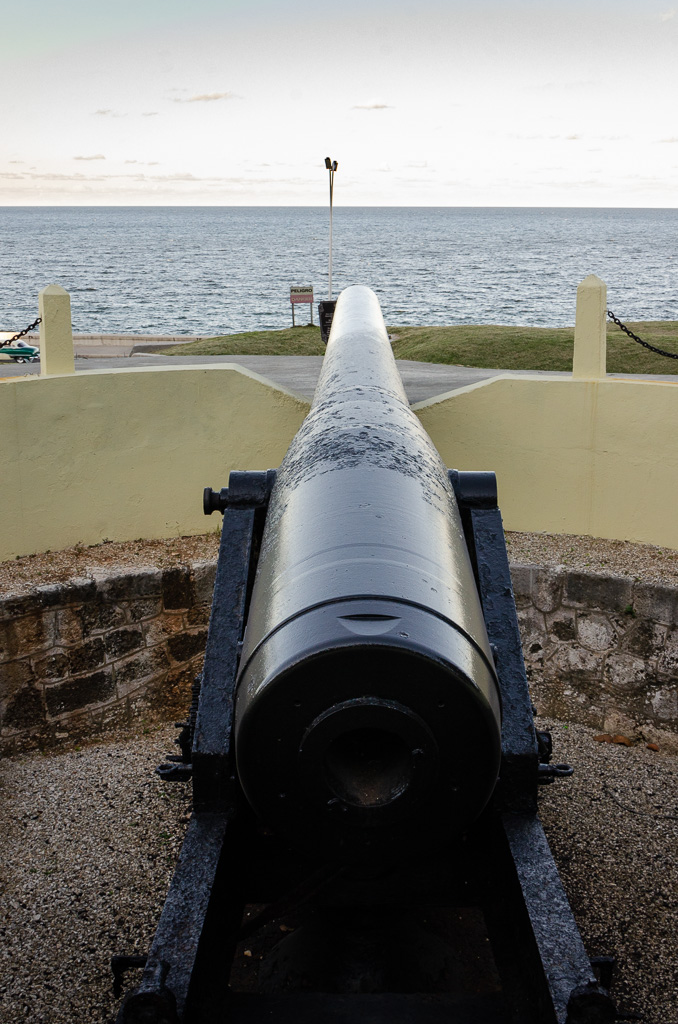
The Batería de Santa Clara (Santa Clara Battery) on the grounds of the Hotel Nacional (1930), Vedado, La Habana, December 2014
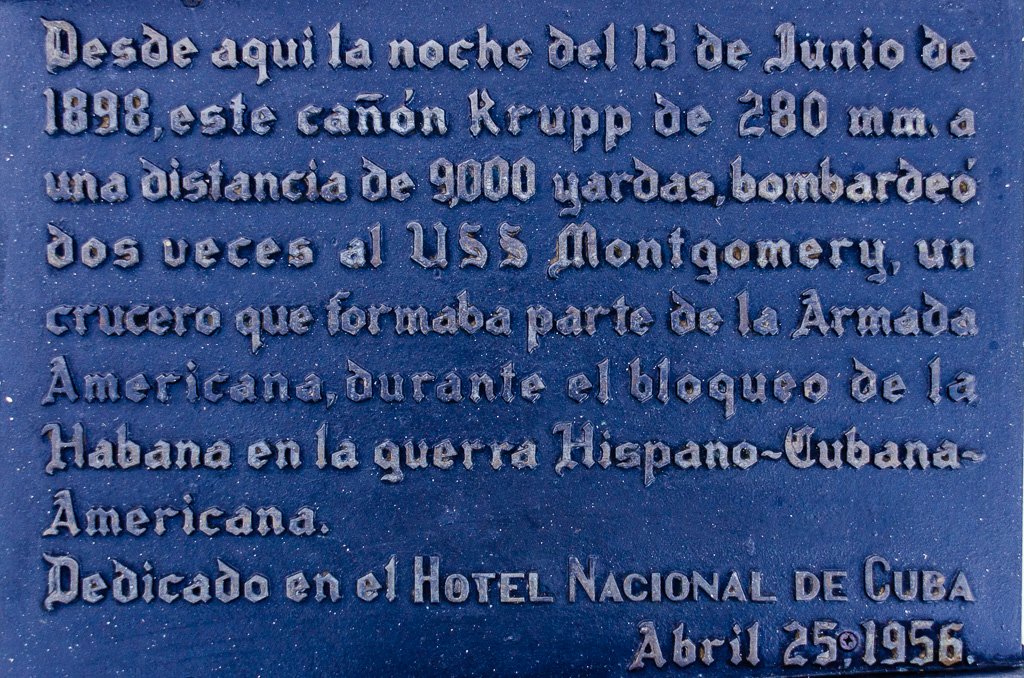
The Batería de Santa Clara (Santa Clara Battery) on the grounds of the Hotel Nacional (1930), Vedado, La Habana, December 2014
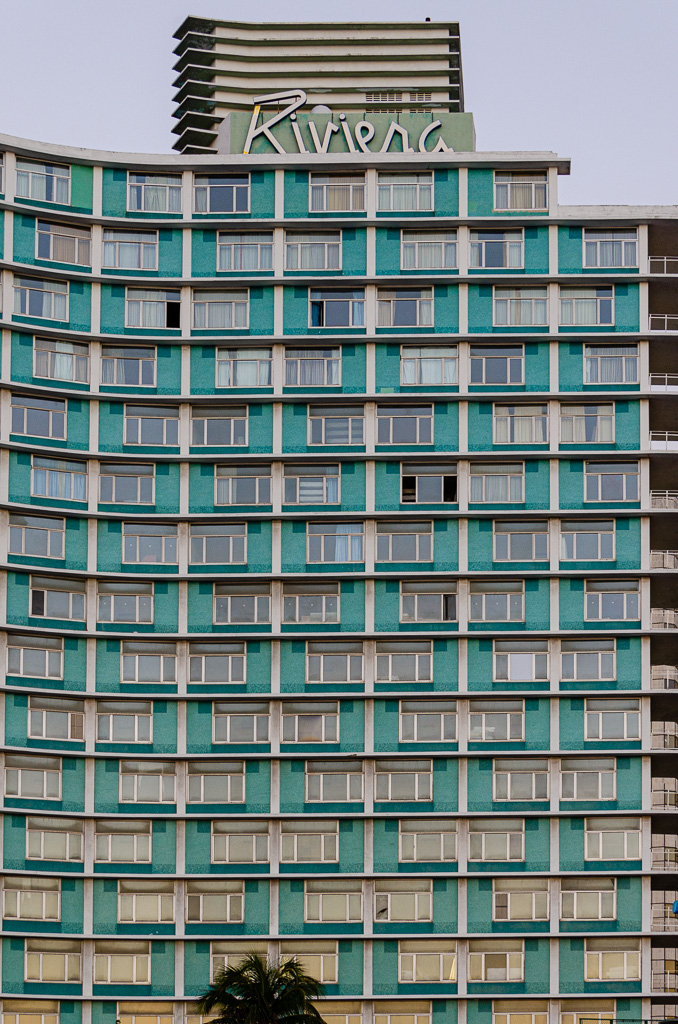
Hotel Iberostar Habana Riviera (the Havana Riviera, opened 1957), on the Malecón in Vedado, La Habana, December 2014
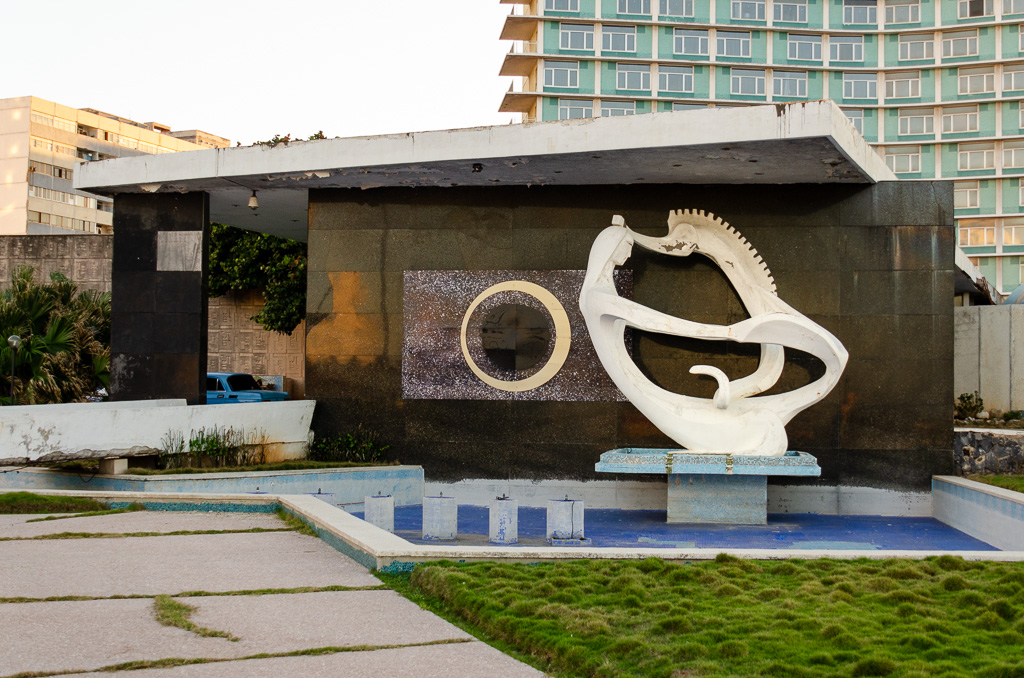
Hotel Iberostar Habana Riviera (the Havana Riviera, opened 1957), on the Malecón in Vedado, La Habana, December 2014

Hotel Iberostar Habana Riviera (the Havana Riviera, opened 1957), on the Malecón in Vedado, La Habana, December 2014
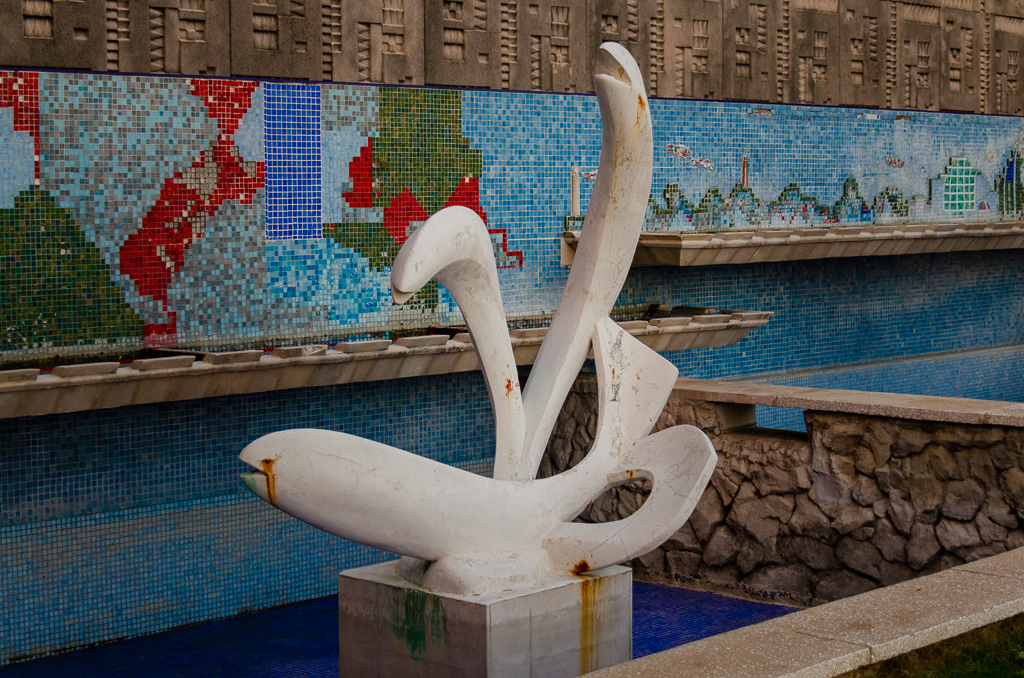
Hotel Iberostar Habana Riviera (the Havana Riviera, opened 1957), on the Malecón in Vedado, La Habana, December 2014

Hotel Iberostar Habana Riviera (the Havana Riviera, opened 1957), on the Malecón in Vedado, La Habana, December 2014
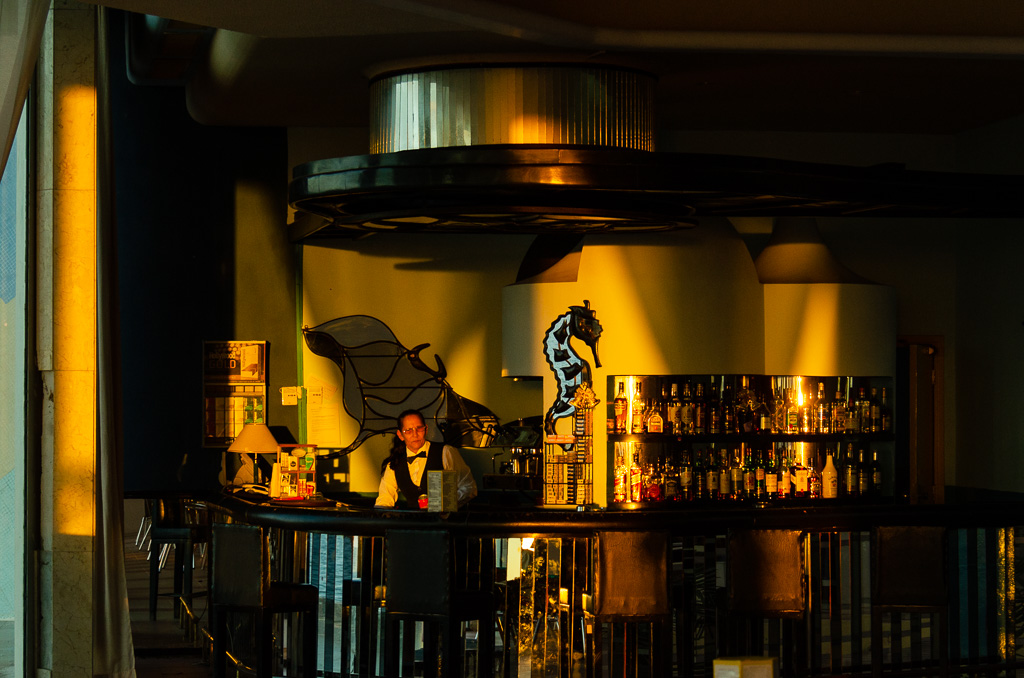
Hotel Iberostar Habana Riviera (the Havana Riviera, opened 1957), on the Malecón in Vedado, La Habana, December 2014
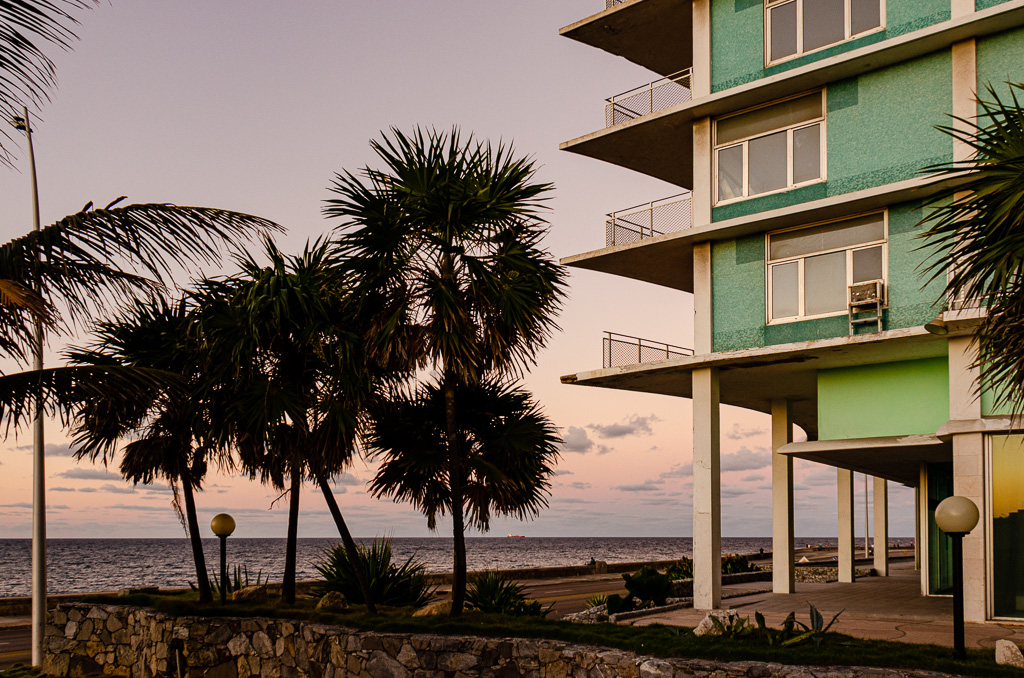
Hotel Iberostar Habana Riviera (the Havana Riviera, opened 1957), on the Malecón in Vedado, La Habana, December 2014
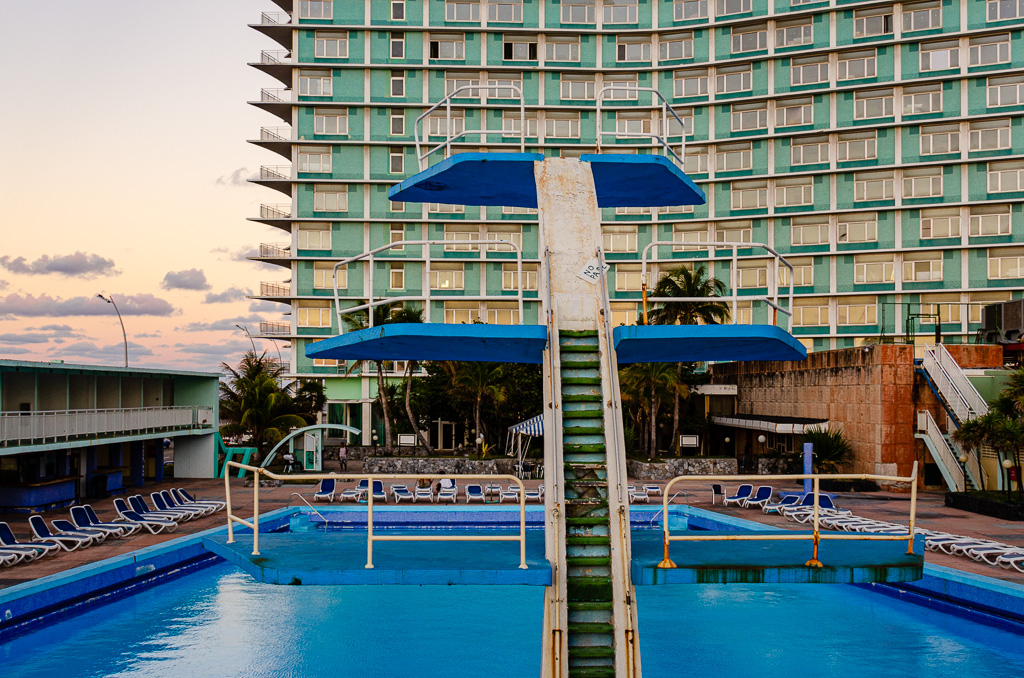
Hotel Iberostar Habana Riviera (the Havana Riviera, opened 1957), on the Malecón in Vedado, La Habana, December 2014

Hotel Iberostar Habana Riviera (the Havana Riviera, opened 1957), on the Malecón in Vedado, La Habana, December 2014

Hotel Iberostar Habana Riviera (the Havana Riviera, opened 1957), on the Malecón in Vedado, La Habana, December 2014





